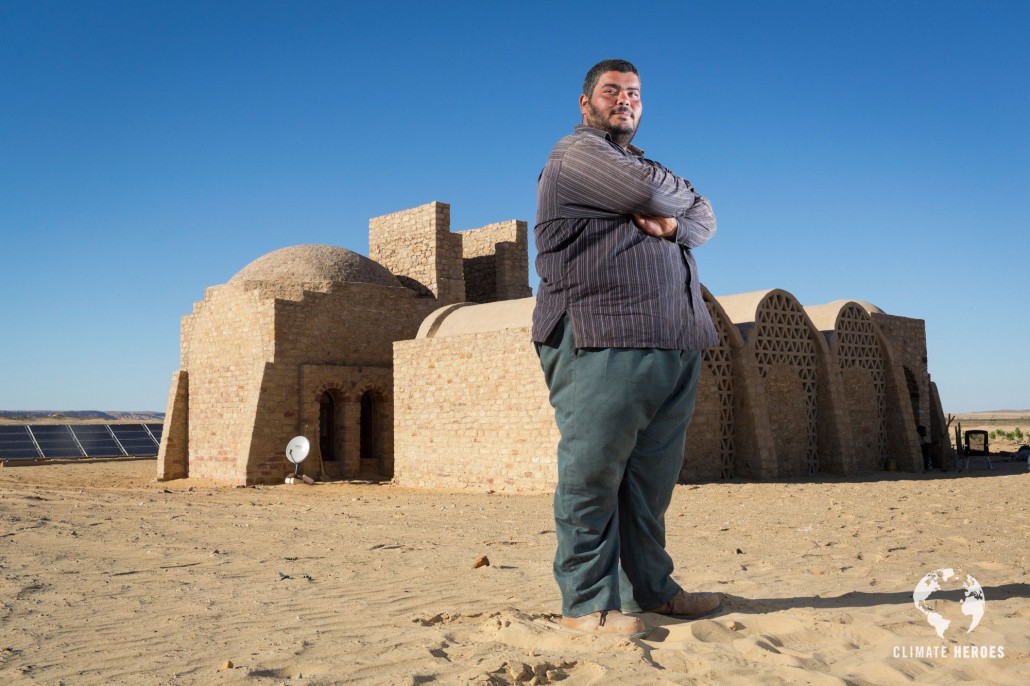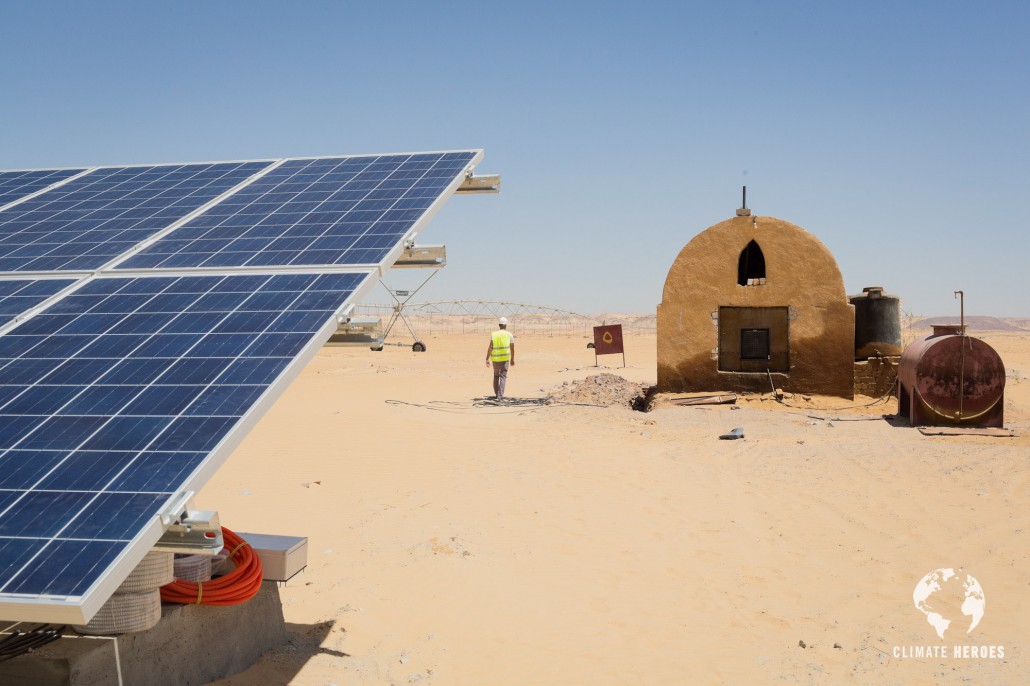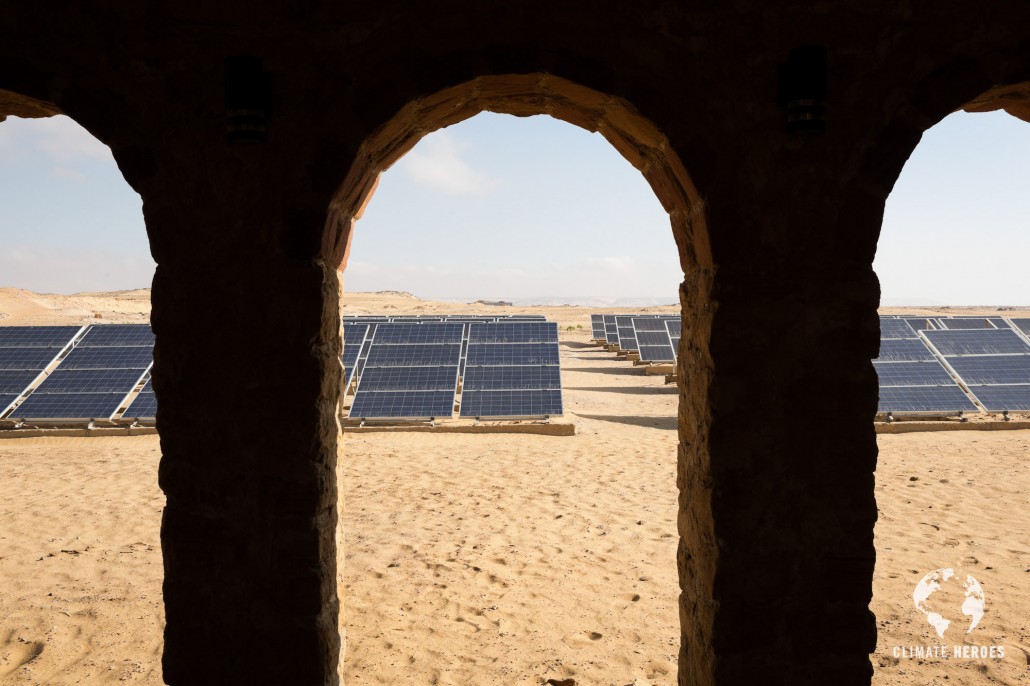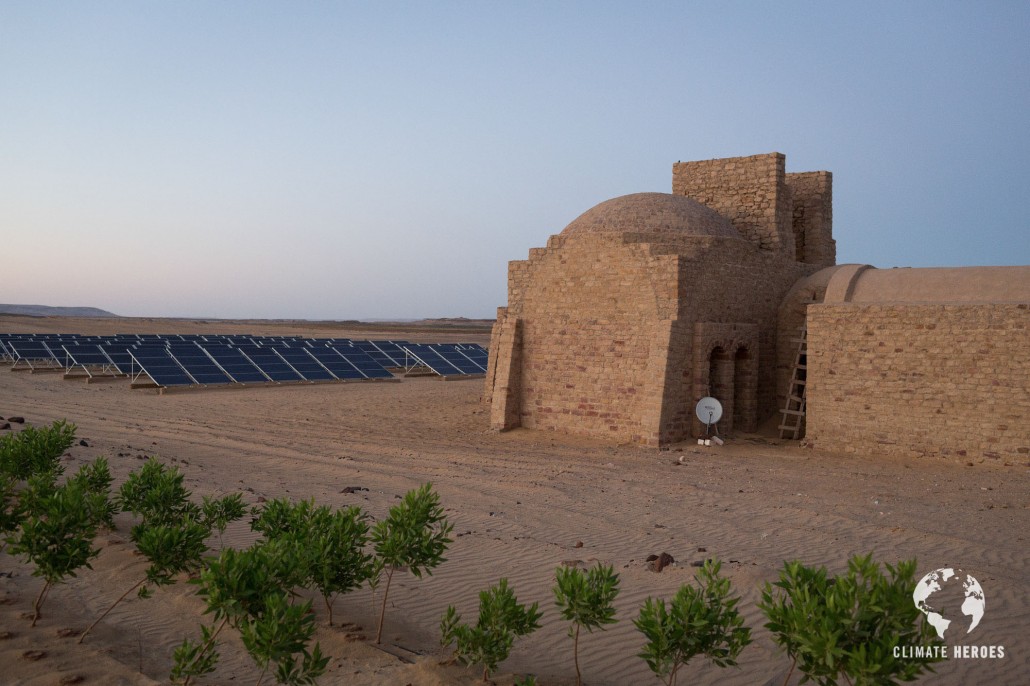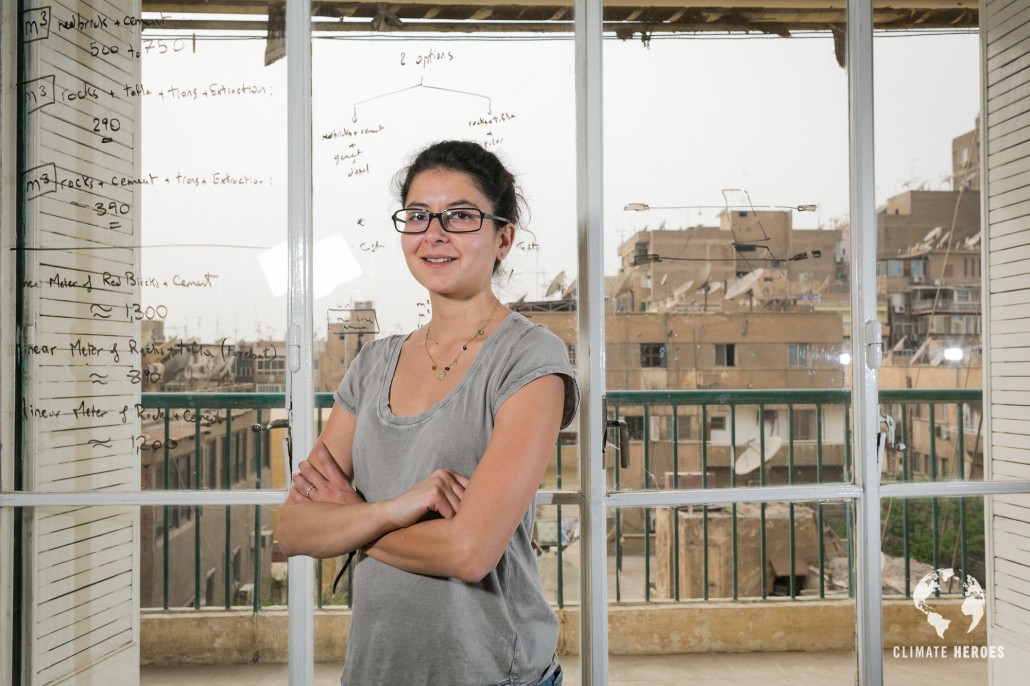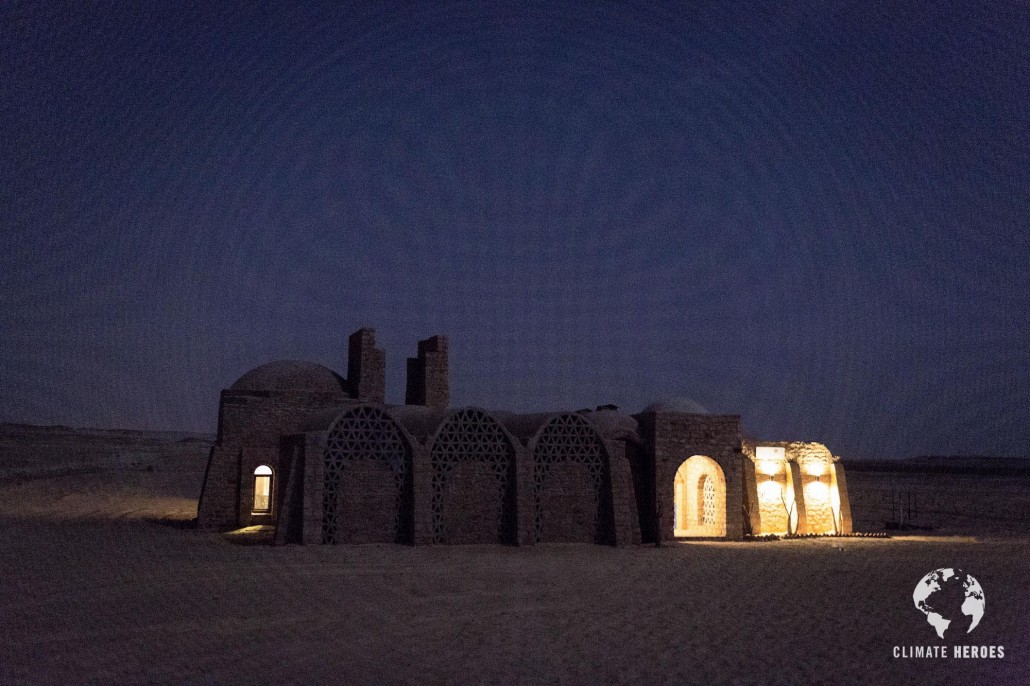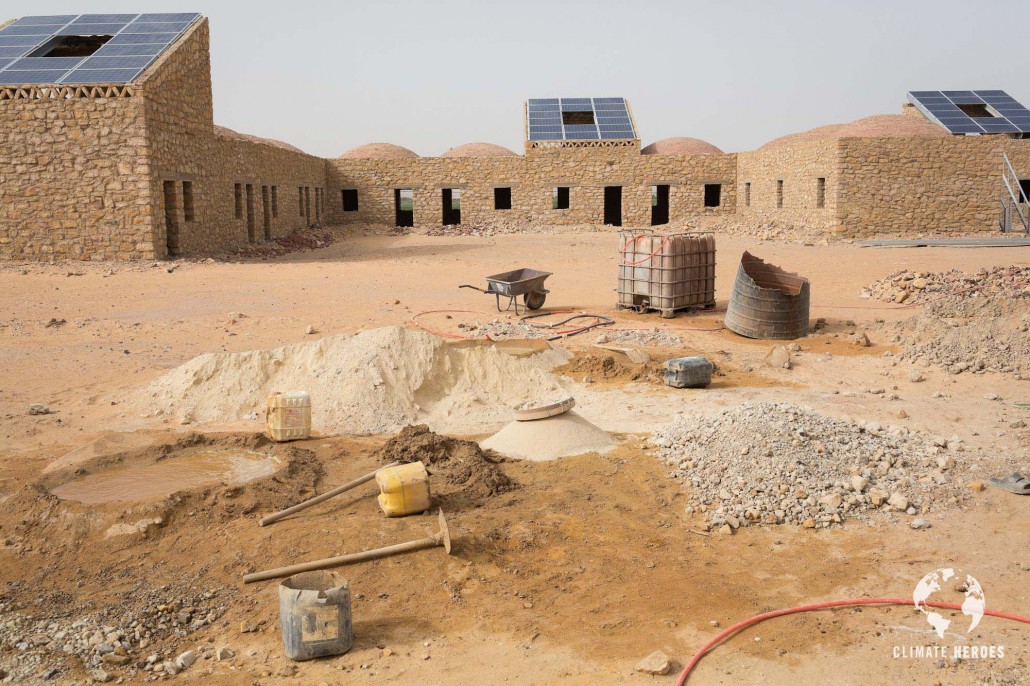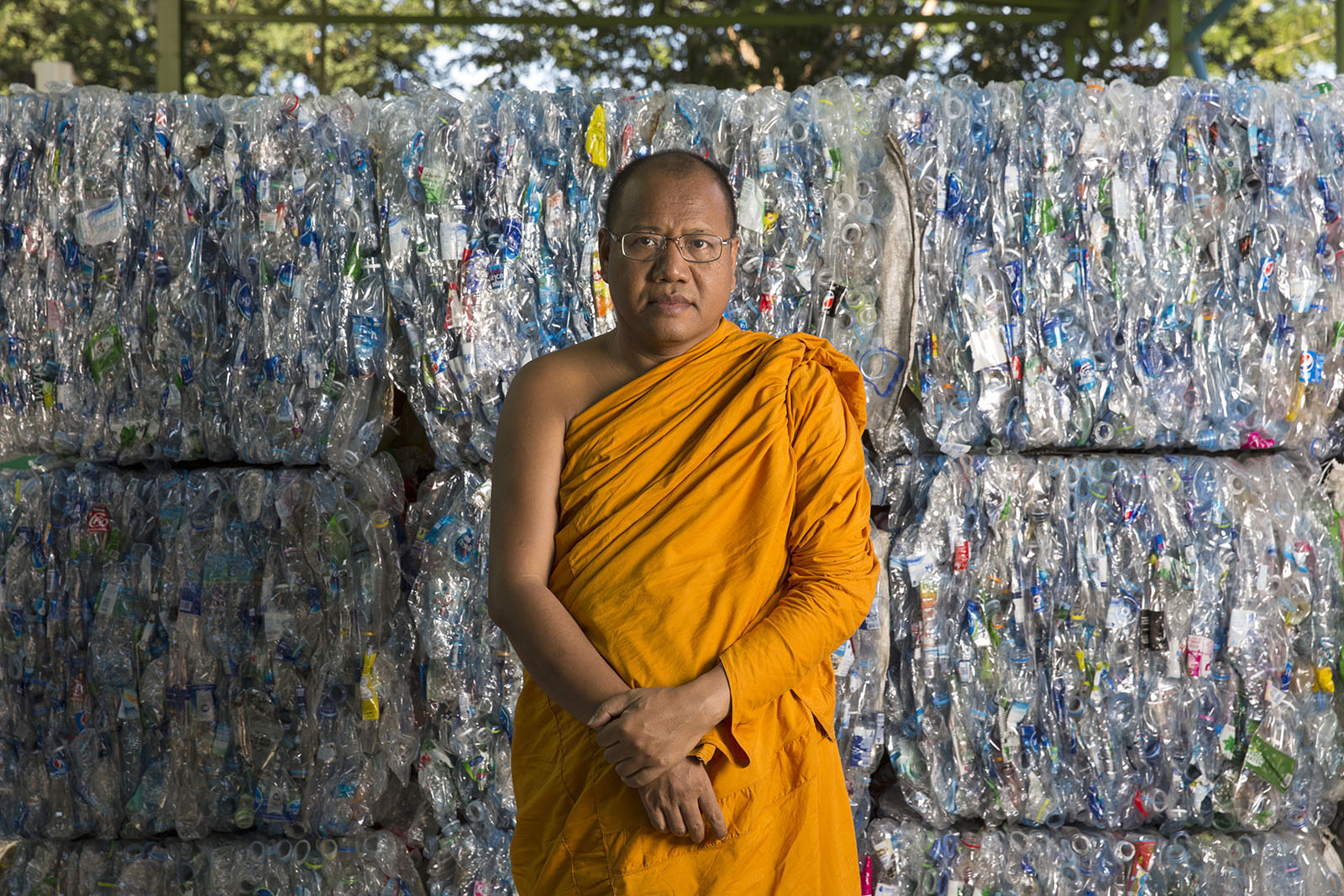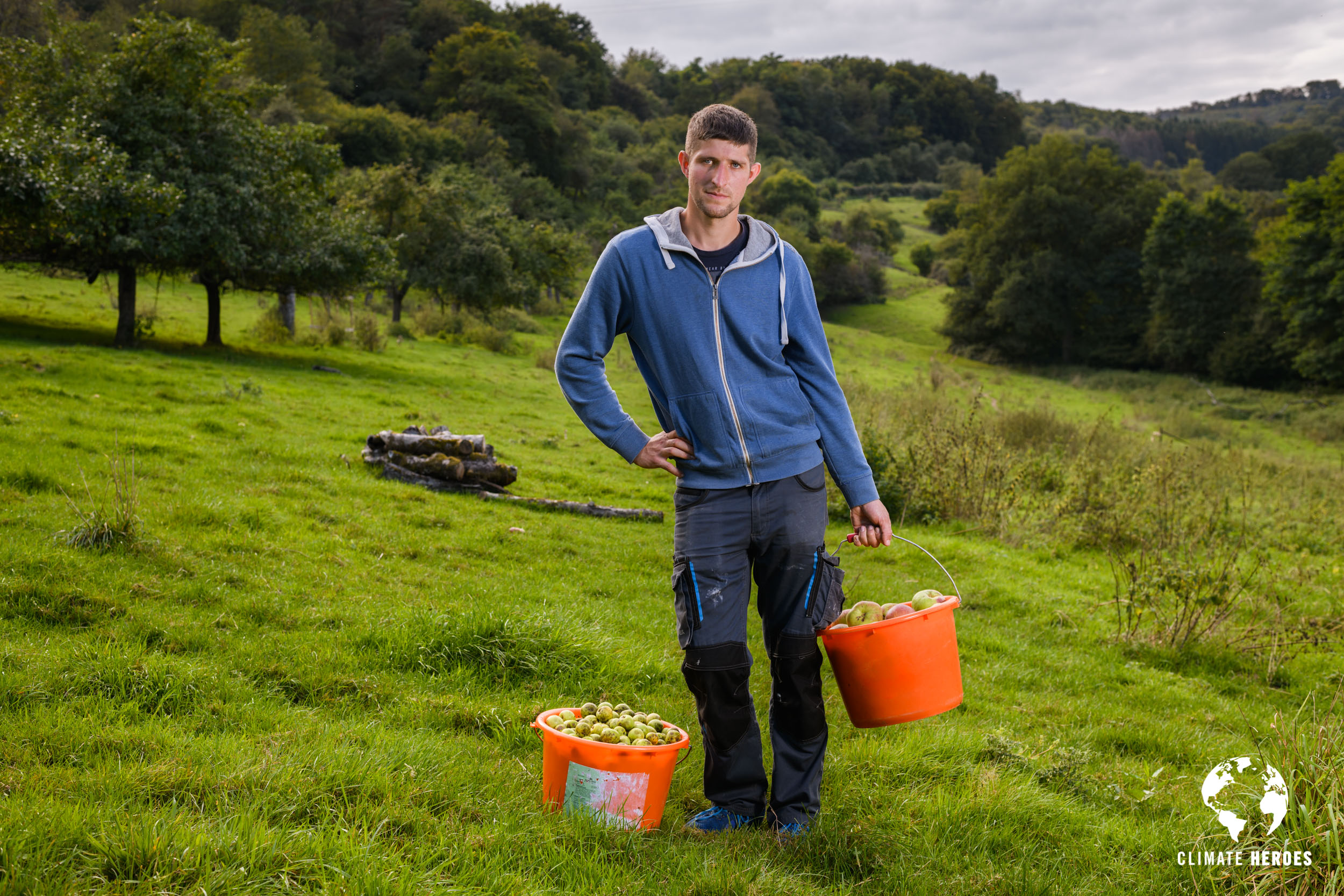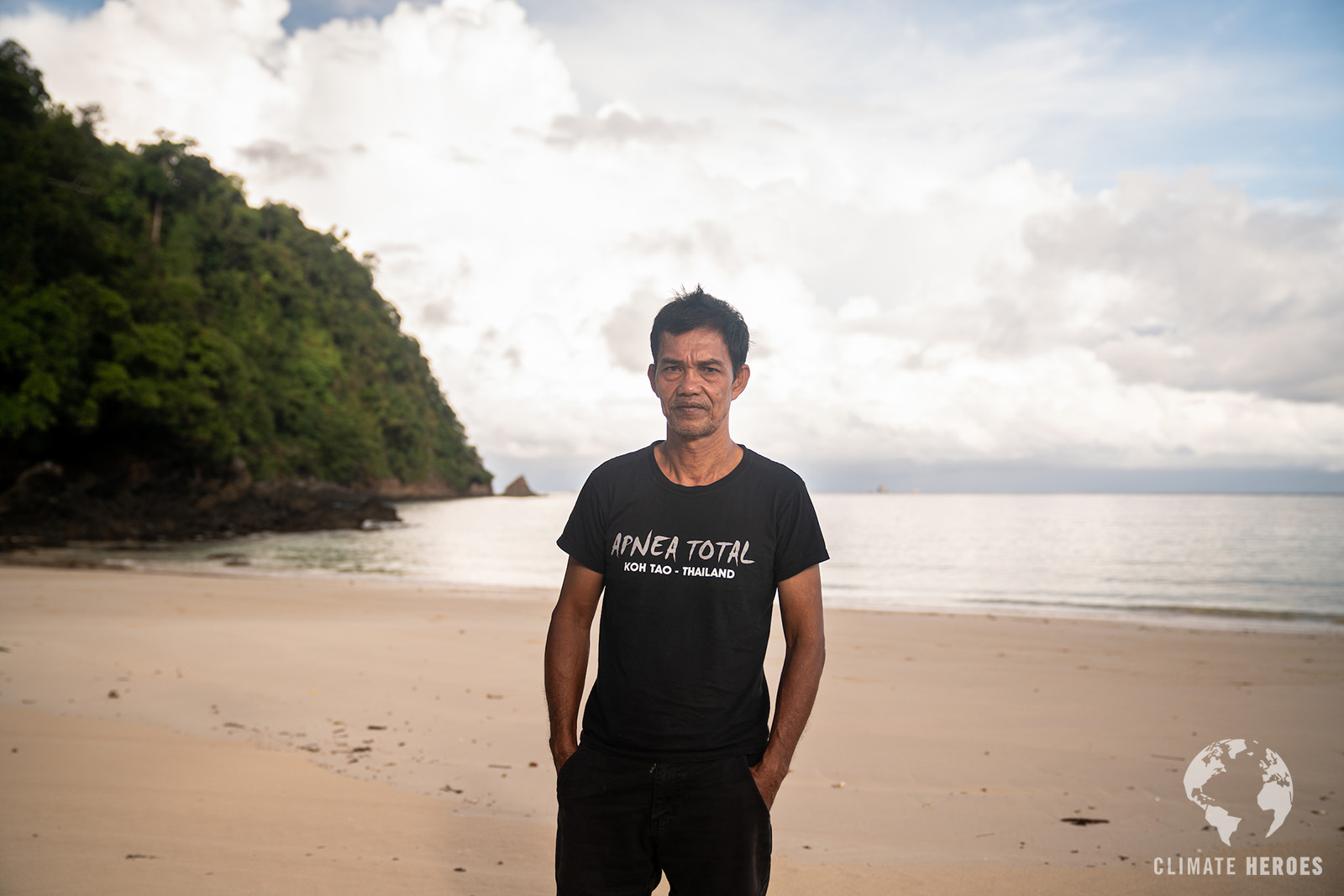Karm solar: Bringing sun to the Egyptian desert/
An Egyptian startup is taking solar panels to the next level with locally sourced materials from the Egyptian desert.
“We knew we could develop something unique that would allow for the dissemination of solar energy in the MENA region,” Madi says. “And to be able to work on a project where you actually see its impact directly is very exciting. For example, to see one of our projects generate water for agriculture through solar energy or to light an entire village through solar energy is incredible.”
Indeed, the team behind KarmSolar is working passionately to turn their vision into reality. Just two years after the company’s founding day, it introduced in partnership with WorldWater & Solar Technologies the first commercially viable, off-grid high-capacity solar water pumping station in the Middle East and North Africa (MENA) region in 2013. Using just solar panels, KarmSolar powers a 30 kW submersible pump, achieving an average flow rate of 140 m3/h, which serves a nearby irrigation area.
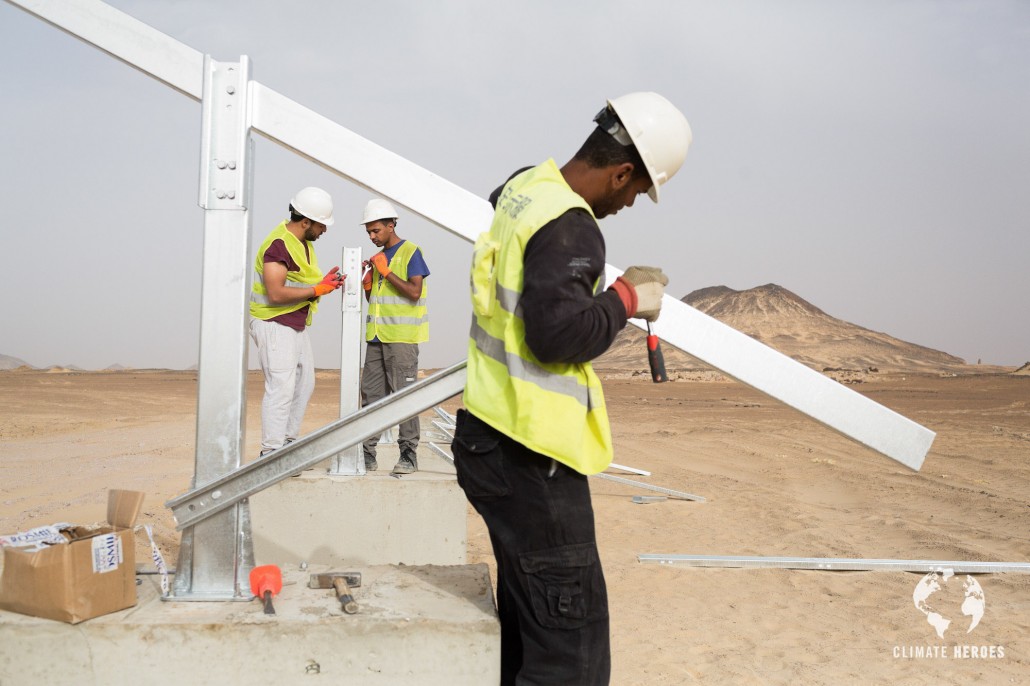
In addition, KarmSolar also launched a subsidiary KarmBuild, offering fully integrated solar building solutions. Their first project was the construction of a village for the workers of the desert farms in the Bahariya Oasis in western desert of Egypt.
“To ensure an environmental-friendly construction, we locally-sourced materials such as stone, sand, and shale, less cement, combined with solar panels,” explains Ibrahim El Sheiwi, an architectural engineer at KarmBuild. With sustainable design experts on the team, KarmBuild’s buildings are not only more cost-effective than conventionally built village homes they are also aesthetically pleasing.

